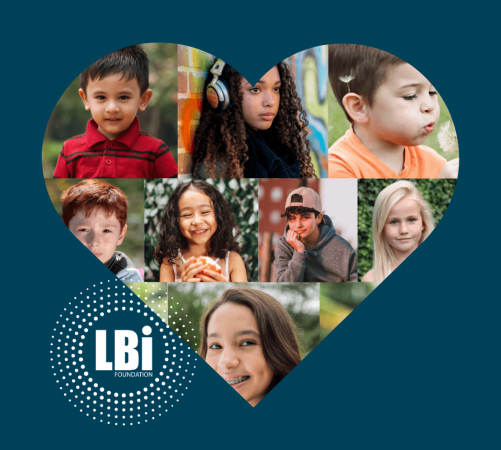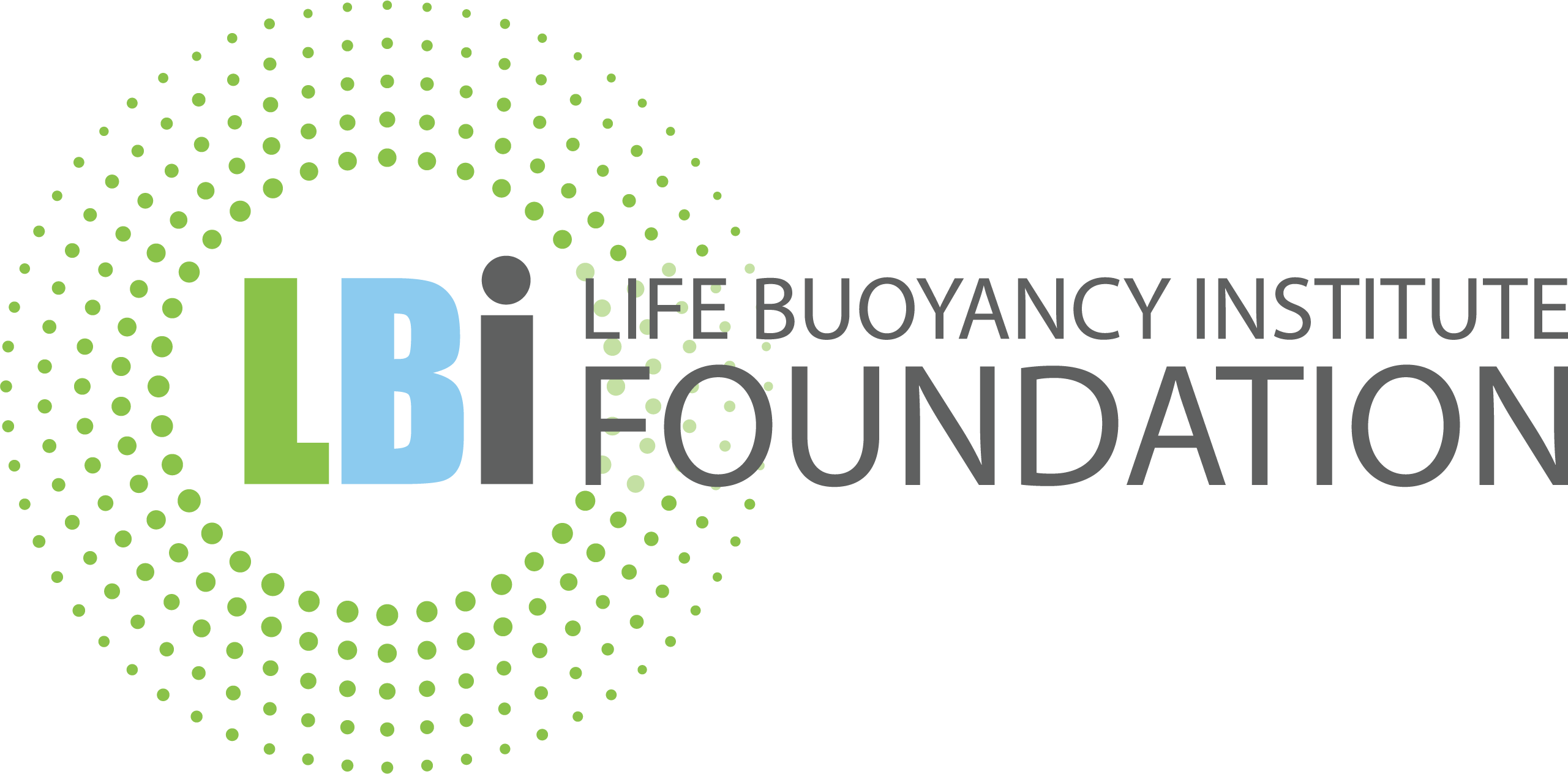Where does "love" sit within support, care and teaching roles?
It is possible for an individual, school, or program to bring an intent for unconditional love and acceptance for a child, but not explicitly name the word 'love' in language.
Dr. Ivan Raymond.
Love is contested and polarising.
Where does ‘love’ sit with you? Where does ‘love’ sit in how you support, care for and teach children and young people?
Some caregivers, educators and practitioners report, “I would never use the word with children….it is unprofessional”. Others share that “children need to learn what love is, and they need to hear it, feel it and experience it”.
Clearly, love is a contested and polarising concept.
At Life Buoyancy Institute Foundation, we have heard the desire for ‘love’ as a concept, intent and actions to be explored and better understood across education, child protection and disability. Most importantly, for children and young people with backgrounds of trauma.
We help people, programs and systems to disentangle the greyness of 'love'.
Given the polarising views with valid points on each side, we are motivated to help people, programs and systems to disentangle the greyness of ‘love’. We also know that there is more scope for both individuals and communities to explore and uplift love into their practice, in their care and support of children, young people, individuals and families.
In 2023/2024 we led two community conversations with our partners to unpack the concept of love and its application in supporting adult roles.
We offer four higher level considerations below, as well as downloadable working guidelines for individuals, agencies and schools.
Our starting point: Love is the catalyst of growth, wellbeing and healing for children with backgrounds of trauma.
Prior to starting the community conversations, we were clear on our starting point. It is our inherent view that children and young people who experience ‘love’ through unconditional acceptance, belonging and care are in the best position to achieve their potential, express resilience and are empowered to express unconditional love and connection to others. Simply put, love is the foundation of wellbeing.
For children with backgrounds of trauma and instability this is even more important because they may have:
- Not experienced unconditional love and acceptance
- Experienced ‘love’ in association with abusive or unsafe behaviour with others
- Developed unhealthy, incomplete or distorted understandings of love.
We hold the view that, no matter a child’s context, it is inherent that all supporting adults bring a growth intent to:
- Growing healthy understandings and experiences of ‘love’ and unconditional connection
- Growing feelings of unconditional worth, love and acceptance.in

Four high level themes of the community conversations.
Over seventy-five people from child protection, education (both public and private schools) and disability joined us for our two community conversations. The sessions were deep and provocative in nature.
The conversations elicited the following four higher level themes:
1. Love is multi-faceted and personalised
The conversations highlighted that love can be expressed, to varying degrees, through:
- Intent.
- Actions.
- Language.
Importantly, how love is both expressed and received is deeply personal.
Love needs to be understood through the lenses of:
- Safety.
- Culture.
- Context (individual, collective, agency, school).
- Nature and type of supporting relationship.
Therefore, black and white guidelines or recipe-book approaches to how we understand, express and experience ‘love’ is not possible.
2. Community openness is accompanied with anxiety
There was unanimous agreement across our partner community for our starting point (articulated above). Children and young people need to hear, feel and experience love, and this is at the heart of growth, wellbeing and healing.
There was a community openness for love to be made more visible in the intent, actions and language of care, support and teaching.
Despite this, there was widespread fear and anxiety about how this could look, given the risks that are associated with doing so.
3. The risks of love go both ways
The conversations noted risks both for and against “love” being made more visible in the intent, actions and language of care, support and teaching. The risks of more visible expression included (but not limited to):
- Children misinterpret the language or actions associated with love.
- Could be used to justify inappropriate or grooming behaviour by an adult.
- Use may elevate expectations a child has of the future relationship, and lead to elevated grief, loss and hurt if this does not eventuate.
In contrast, the risks of love not being visible nor experienced in action:
- Children will not experience love, nor will they be able to express unconditional love within broader relationships.
- Children will not learn healthy awareness and boundaries of love.
- Children may project or apply their distorted or unhealthy views of love on others.
- Children miss out on a foundational developmental need for growth, healing and whole-of-life outcomes.
4. Love must be authentic, intentional, integrated and culturally aware
The conversations highlighted that more visible expression of ‘love’ needs to be done in an authentic, intentional, integrated and culturally aware manner.
- Authentic – the expression of love through intent, actions or language needs to be done a manner that is congruent with the individual’s values, needs and worldviews.
- Intentional – the intent or purpose of more visible expression of love needs to be clear in the minds of the supporting adult, the child or young person receiving the messages, and the system/school supporting both. Wrap-around coaching may need to be provided to children.
- Integrated – the visible expression of love needs to be done in a manner that is integrated within the local school/program context, including child-safe principles and local procedures, as made practical through a documented shared local position.
Culturally sensitive and validating – the understanding and expression of love needs to be congruent with and sensitive to the cultural needs, worldviews and identity of both supporting adult and child.
Working guidelines for expressing love across support, care, teaching and professional roles.
From the community conversations, we developed a set of working guidelines. They are made freely available to yourself and your community under a creative commons licence.
We offer them to provide guidance to families, schools, programs and agencies in how they can express the intent and actions of love in a manner that:
- Is done in a child-safe, culturally sensitive and high aware manner,
- Recognises the risks and benefits of expression,
- Reflects the local needs and context of the family, school, program or agency, and
- Provides the best opportunity for children to grow, heal and thrive.
We must keep talking about love and where it sits across care, support and teaching roles.
The costs are great for children and young people if we don’t.
Has this content challenged you to think deeply about where love sits in your care, teaching and support?
Our intent is to start a conversation that disentangles the greyness, and offers a space to explore the risks and benefits of uplifting love across broad care and teaching contexts.
We believe that this is just the beginning of an important conversation and invite you to do the following:
- Offer feedback – send us feedback on this content or the guidelines themselves. Both actions will inform future updates.
- Start a local conversation – start or extend the conversation in your local community. We would love to hear how this unfolds.
Keep in contact with us: info@lbi.org.au
Community Conversations
Life Buoyancy Institute Foundation facilitate annual Community Conversations for leaders and practitioners from Child Protection, Education and Community Services sectors. Community Conversations provide a safe space for multi-disciplinary perspectives to share, reflect and wrestle with relevant topics and challenges, strengthening their capacity to build wellbeing and trauma responsive local communities.
For information on upcoming conversations, visit Upcoming Events.








